Skype: neodalle-travel
Tel: +86 135 7447 2266
E-mail: sales@visitaroundchina.com
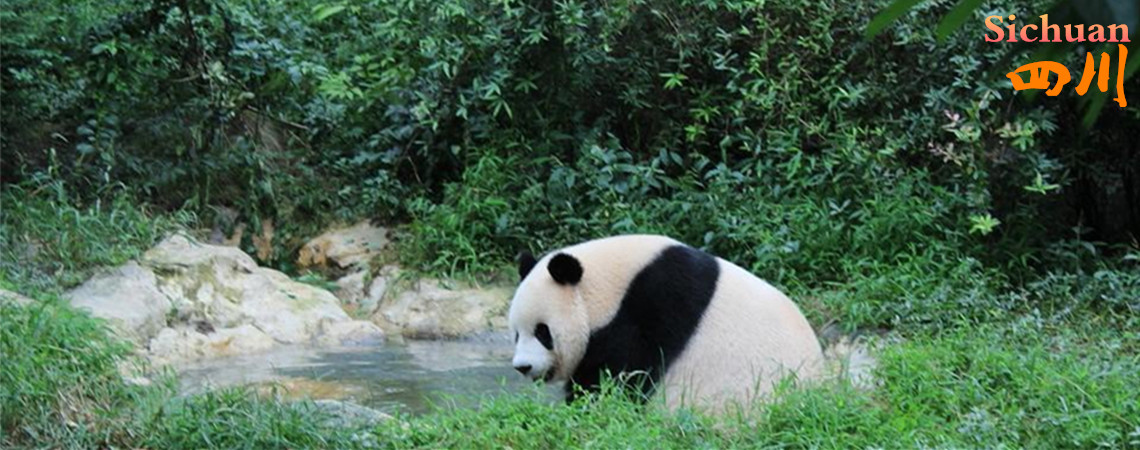
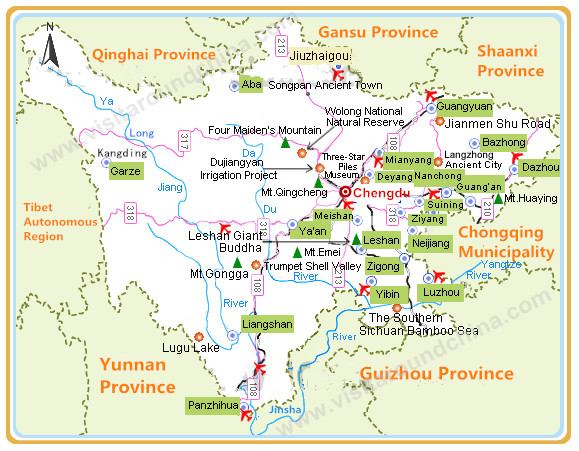 Plan your Ganzi Trip? Ganzi, also called Garze, is a prefecture in western Sichuan Province. Garze Tibetan Autonomous Prefecture is an important Tibetan area in China on the southeast edge of the Yunnan-Guizhou Plateau. It neighbors, Yunan Province in the south and Qinghai Province in the north, are separated from Tibet by the Jinsha River. Kangding County is the political, economic and cultural center of the prefecture.
Plan your Ganzi Trip? Ganzi, also called Garze, is a prefecture in western Sichuan Province. Garze Tibetan Autonomous Prefecture is an important Tibetan area in China on the southeast edge of the Yunnan-Guizhou Plateau. It neighbors, Yunan Province in the south and Qinghai Province in the north, are separated from Tibet by the Jinsha River. Kangding County is the political, economic and cultural center of the prefecture.
Facts of Ganzi
Full Name: Garze Tibetan Autonomous Prefecture
Chinese Name: 甘孜藏族自治州 (gān zī zàng zú zì zhì zhōu)
Population: 920,000
Area: 152,629 square kilometers (58,930 square miles)
Nationalities: Tibetan, Han
Administrative Division: 18 counties (Kangding, Luding, Danba, Jiulong, Yajiang, Daofu, Luhuo, Garze, Xinlong, Dege, Baiyu, Shiqu, Seda, Litang, Batang, Xiangcheng, Daocheng, Derong)
Seat of the city government: 9, Guangming Lu, Kangding County
History of Ganzi
Garze is also referred to as Kangba or Kangqu. Dege County in northwestern Garze, Lhasa City in Tibet and Xiahe County in Gannan Tibetan Autonomous Prefecture of Gansu Province are the three ancient cultural centers of the Tibetan ethnic minority. Kangding, the seat of the prefecture government, has been an important trading market since the Song Dynasty (960-1279). After the liberation of the region, the Xikang Province Tibetan Autonomous Region was established here in 1950, and changed to Garze Tibetan Autonomous Prefecture under Sichuan Province five years later.
Geography of Ganzi
Situated in the transition area from Yunnan-Guizhou Plateau to Sichuan Basin, the region is comprised of plateau, and highland and alpine valley. Its terrain slopes generally from the northwest to the southeast, with an average altitude of 3,500 meters (11,483 feet). The main branches in the upper reaches of the Yangtze River, Jinsha River, Yapan River and Dadu River, flow through the prefecture.
What to see in Ganzi?
Ganzi was historically part of the Tibetan Kham, and till today, the population is made up of mainly Tibetans. Consisting of 18 scenic counties, it makes an ideal place to experience the Tibetan way of life without the hassle of entering Tibet itself. Apart from the remote Tibetan settlements, Tibetan Buddhist monasteries, and grasslands, Ganzi is also renowned for its snow-capped mountains and glaciers. Here lists top Ganzi Attractions.
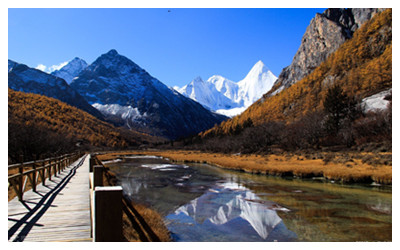 |
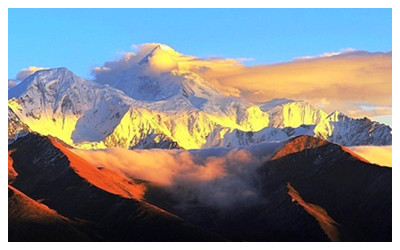 |
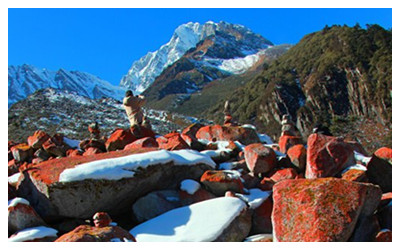 |
| Daocheng Yading Scenic Area | Gongga Mountain |
Hailuogou Valley |
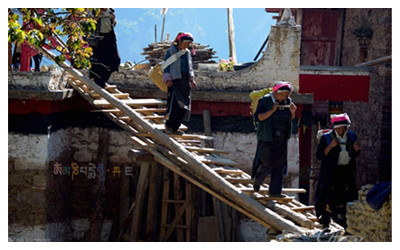 |
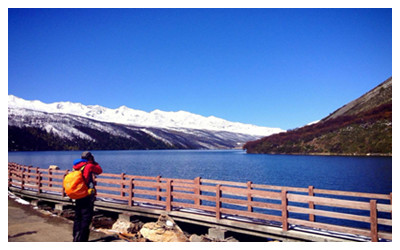 |
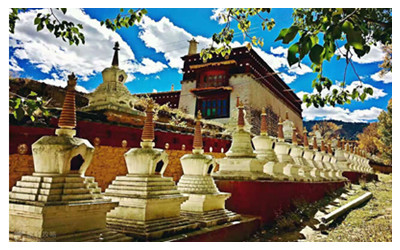 |
| Danba Tibetan Villages | Mugecuo Scenic Area | Litang County |
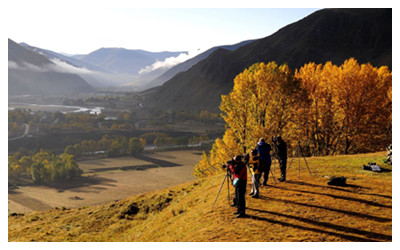 |
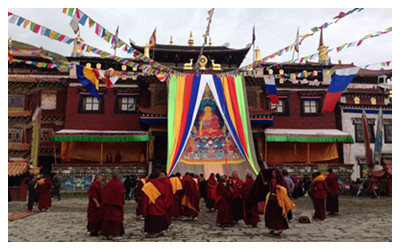 |
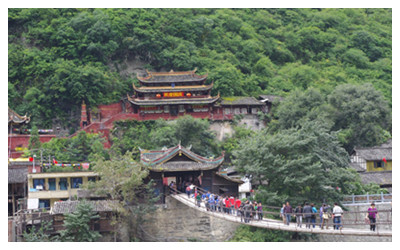 |
| Xinduqiao Tibetan Town | Tagong Tibetan Town | Luding Bridge |
When to visit Ganzi?
The prefecture enjoys a plateau monsoon climate, and the Garze weather is complicated and varies in accordance with the spatial variation, such as the differentiation of altitude, terrain and latitude. The annual average temperature of most regions is below 8℃ (46.4℉). Spring (April to May) is the best season for appreciating flowers scattered all around the mountains in the fresh air, while for photographers, autumn is the best time to grasp the colorful scenery. If visitors expect to see the snow-capped plateau, they should make a trip during November and December. It is suggested to not travel here in January and February for snow may block the way to mountains.
How to get to Ganzi?
Roads provide the primary means of transportation in Garze Tibetan Autonomous Prefecture. Kangding Bus Station is located at 129, Xinshi Qian Jie.
For self-drive tourists, there are usually two routes of choice from Chengdu to Kangding:
Route 1: leaving westward along the Chengdu-Yaan Expressway, passing through Erlang Mountain Tunnel and Luding Bridge over the Dadu River to Kangding
Route 2: Leaving Chengdu and passing through the Chengdu Wolong Panda Reserve, Four Maiden's Mountain, Danba County, then arriving in the destination.
There are also two options to Daocheng. Visitors can get there through Shangri-la of Yunnan or through Chengdu:
North line from Chengdu to Daocheng passes through Dujiangyan, Wolong, Four Maiden's Mountain, Danba County, Tagong Scenic Area, Xinduqiao. The south line passes through Yaan, Luding, Kangding, Xinduqiao. Choosing one route to Daocheng and the other back to Chengdu, visitors can get an eye feast of almost all the fascinating spots in western Sichuan.
Local Handicrafts: butter sculpture, wooden utensils, carpet, golden and silver articles
 Ask Questions ?
Ask Questions ?